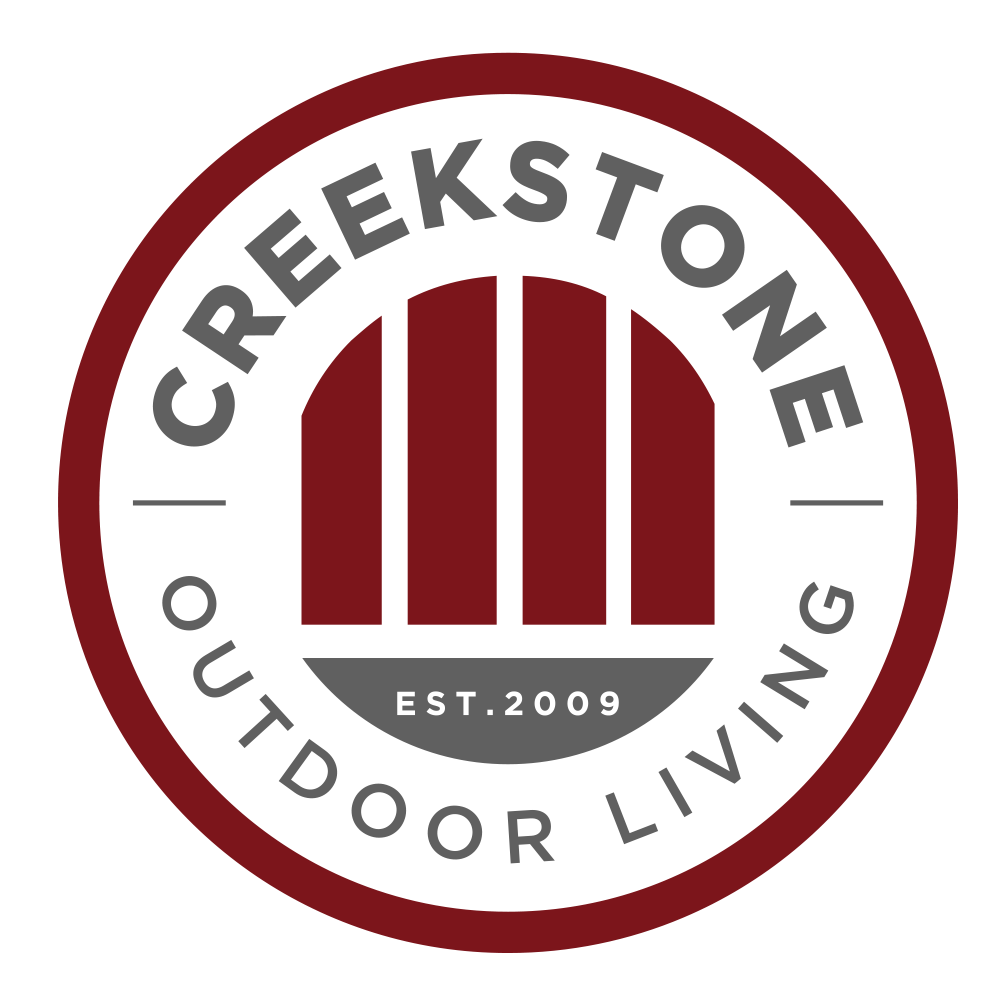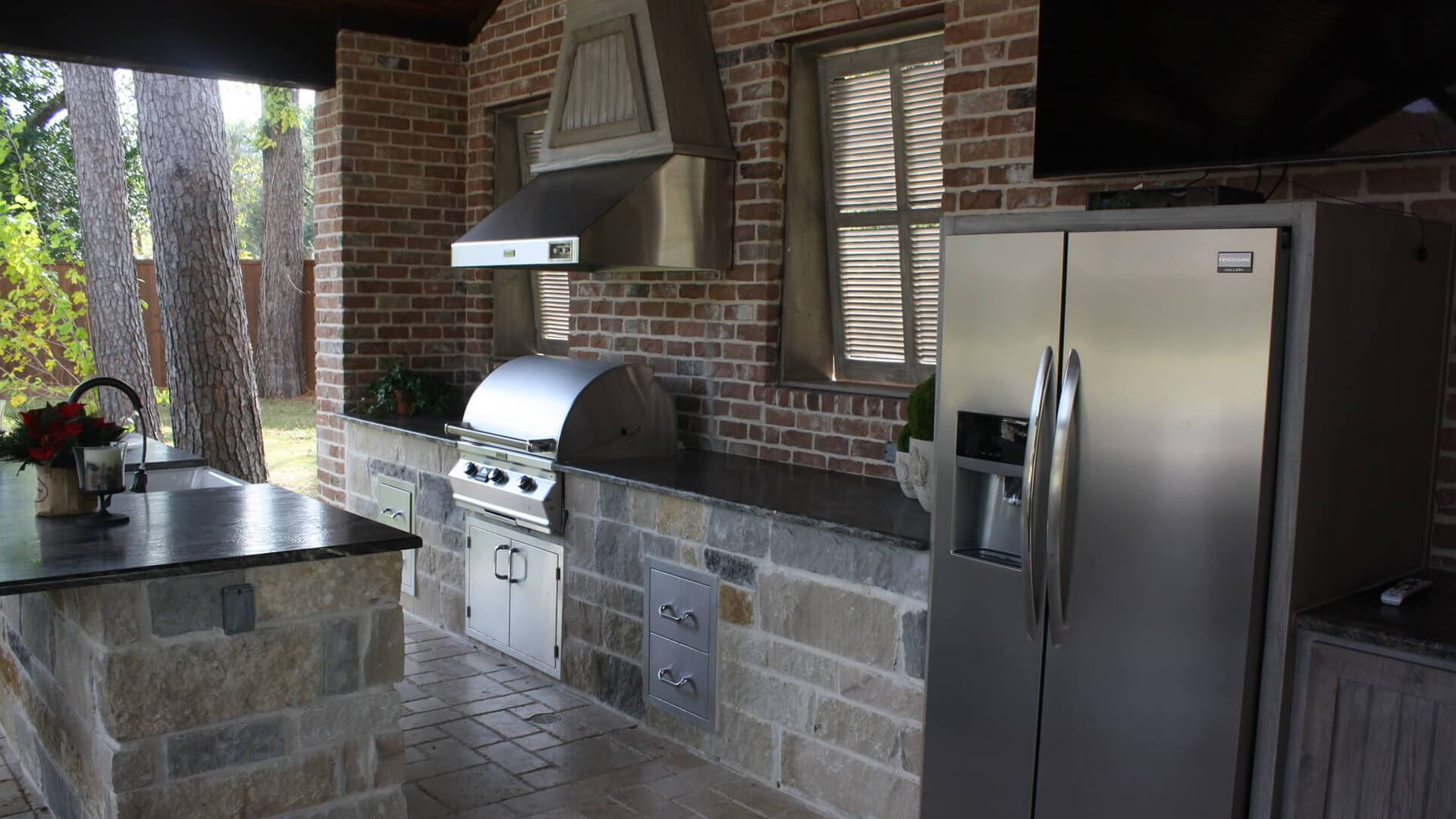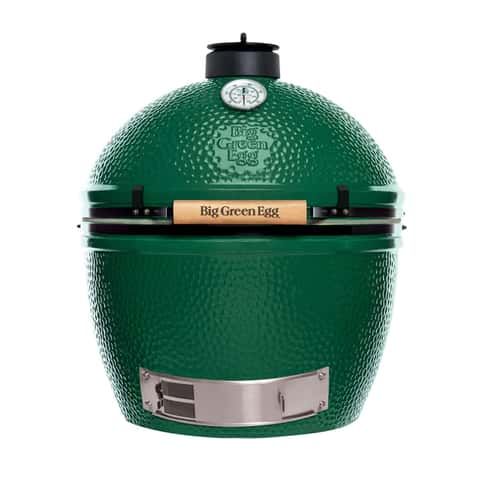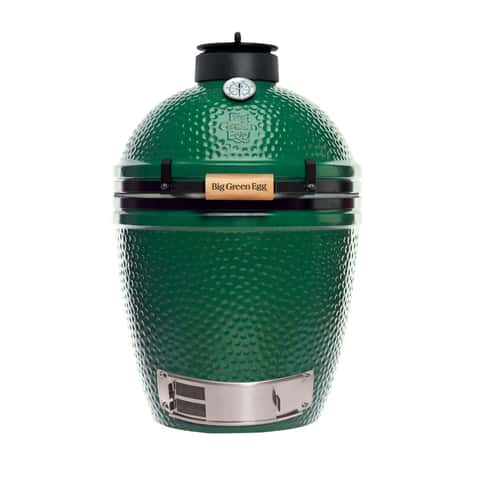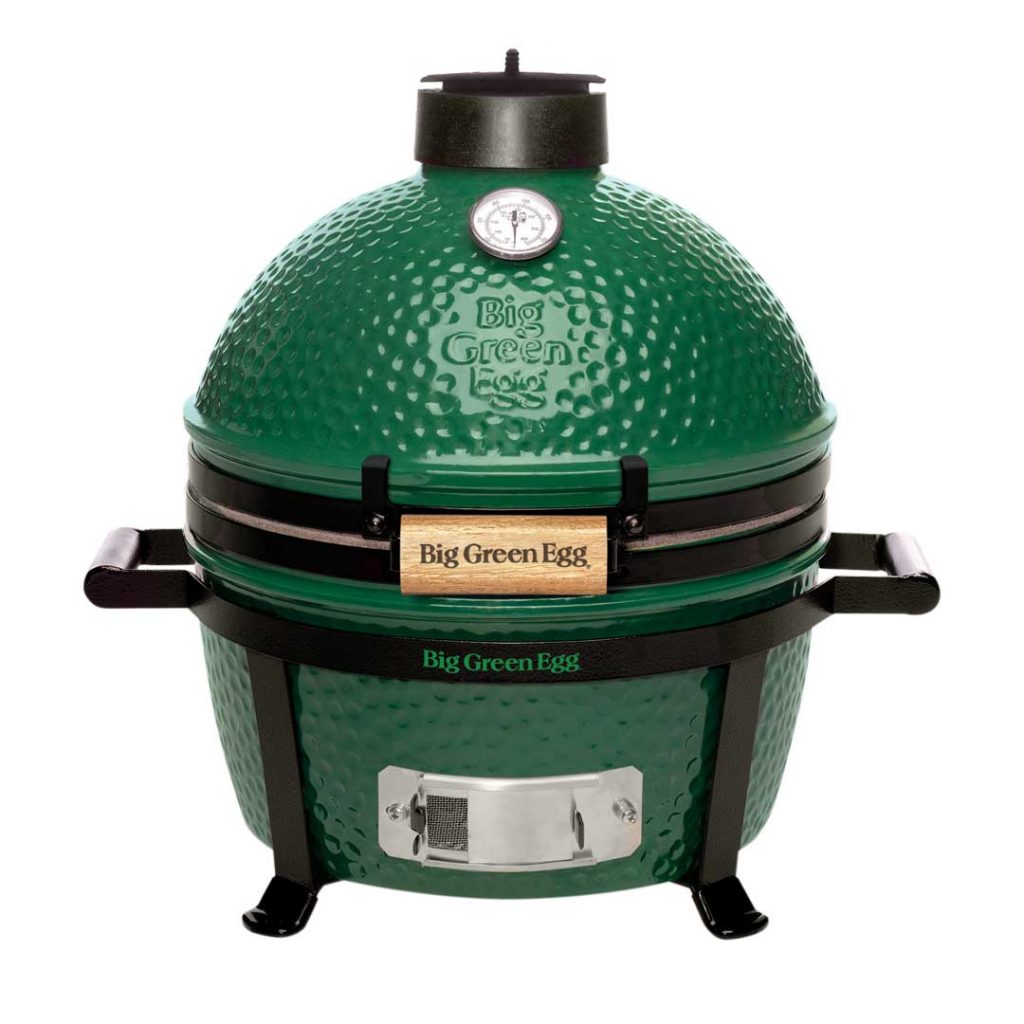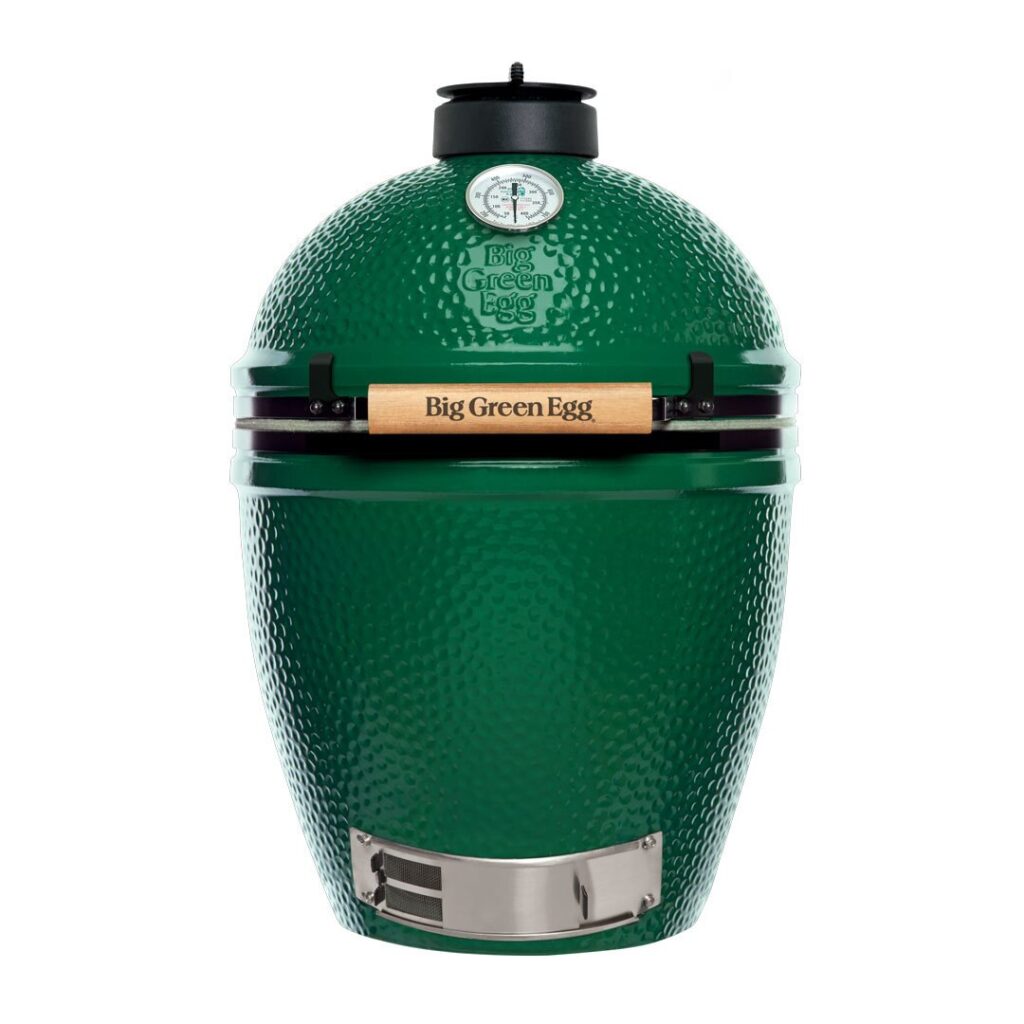The choices can be overwhelming when it comes to designing your outdoor kitchen. A rich variety of counter-tops, cabinets and veneers boasting different kinds of materials. Let’s look into all of them, shall we?
Outdoor Cabinets
Whether your kitchen is indoor or outdoor, cabinets are an essential part in any case. These are usually installed under working surfaces. Lavish kitchens, however, have overhead cabinet structures. They need to be waterproof from the inside in order to be self-sufficient. Not only should they have a good design on the outside, but should also be well-designed from the inside.
In an outdoor kitchen, the cabinets are fully exposed to the elements of nature; they come into contact with the weather, UV rays and water. Therefore, in addition to being made from robust materials, they also need to have a proper layer of protection. There is a long list of protective materials to use if the cabinets are inside the house, but for external cabinets, those options are limited.
Polymer Board Cabinets
Often known as high density polyethylene, polymer is a sturdy plastic-looking material that is resistant to sun, saltwater, rain and snow. It doesn’t contract or expand with weather changes and isn’t susceptible to rust. It does, however, lack a certain range of colors.
Stainless Steel Cabinets
Steel cabinets give your kitchen a very modern look. The 304 grade steel is an example of this as it appears to be smooth and bright, which adds a contemporary feel to your outdoor kitchen. It also mixes well with other appliances.
They cost a little more than polymer cabinets, though you can build the cabinet doors using steel and the rest can be polymer. At 18 gauge thickness, stainless steel offers a wide range of patterns and textures.
Wooden Cabinets
If your kitchen has a weatherproof pergola you can consider wooden cabinets. Your indoor arrangement can be reflected through these cabinets in the outdoor kitchen. Teak is the best wood option as they can withstand higher temperatures, UV exposure and weathering. The Teak needs to have an oil finishing and should be water sealed.
Outdoor Counter-tops & Sinks
You need to have ample space if you want to prepare and serve food in your outdoor kitchen. Similar to an indoor kitchen arrangement, the height should be around 36”, though a split-level counter that has a 42” raised portion is better, if you want the guests and cook to comfortably mingle. In order to install a grill, the counter-top depth needs to be at least 30”. You can choose the material for your outdoor counter between concrete, granite or tile.
Granite
Granite gives a luxurious look as it is extremely seamless, It’s also very easy to clean so maintenance won’t be a problem. It is highly durable and can sustain high temperature levels.
Concrete
Concrete is a more economical option than granite, but it doesn’t compromise on the strength aspect. It doesn’t stain easily, it’s highly durable, cleans easily and can be built into any size or shape.
Tile
You can opt for porcelain or ceramic tiles. They are also an economical option as the material underneath is covered entirely. Go with tiles that are rated for outdoor usage. They are easy to clean and come in a wide variety of colors.
Flagstone
The Flagstone option for counter-tops is a bold one. They give off a rustic and natural feel, and are extremely durable in outdoor environments. However, they demand frequent cleaning and can be quite difficult to seal as they are a porous material.
Decorative Veneers
Veneers can be used to give a lavish and stylish look to your outdoor kitchen built-in barbecue. You can use bricks, stucco or stone. While each of the aforementioned materials have their pros and cons, what you need to make sure is to choose the one which resonates well with your home and yard. You can install mortar brick and stone veneers directly on concrete while with stucco, you need to spray and trowel it into place.
